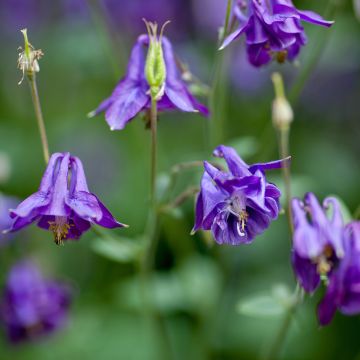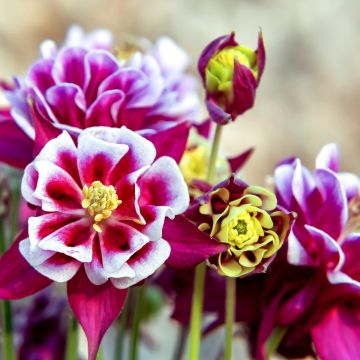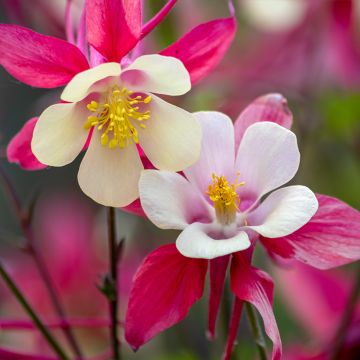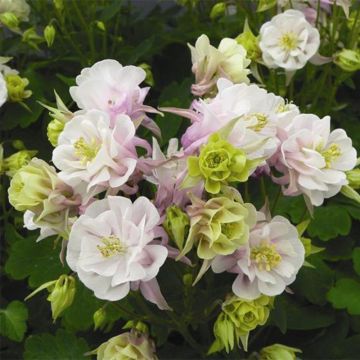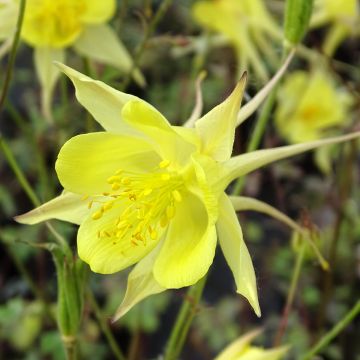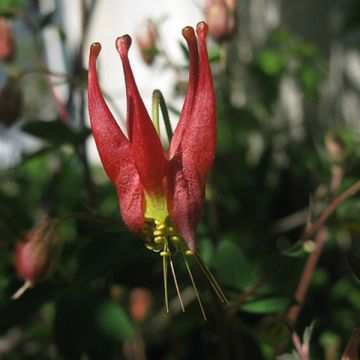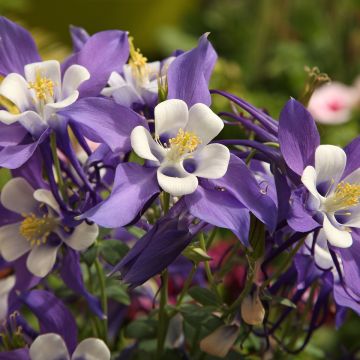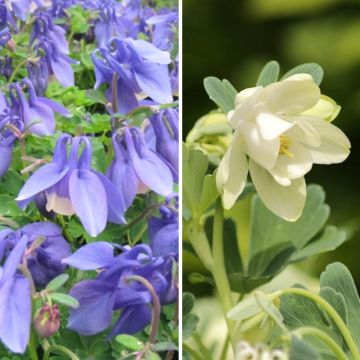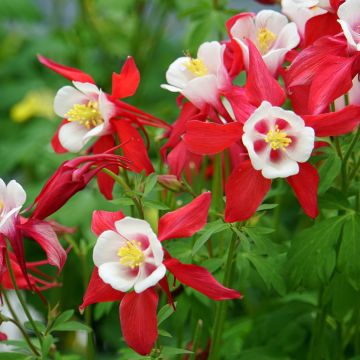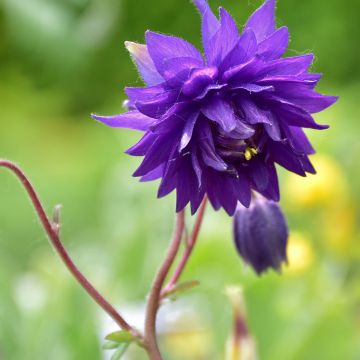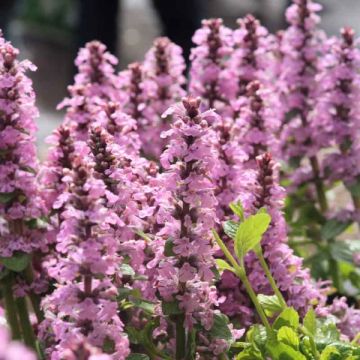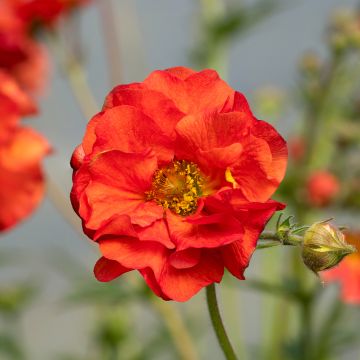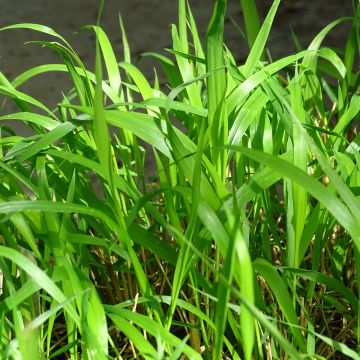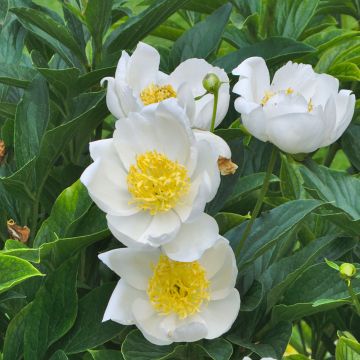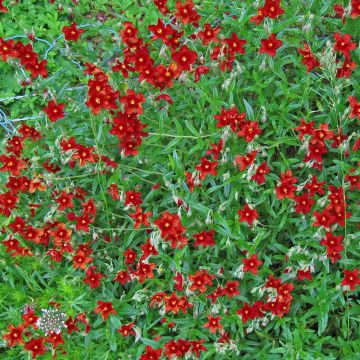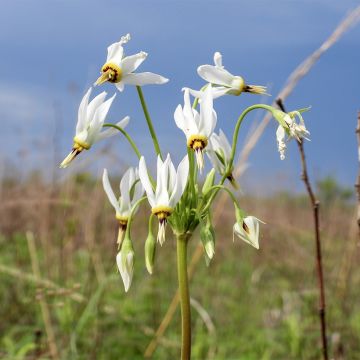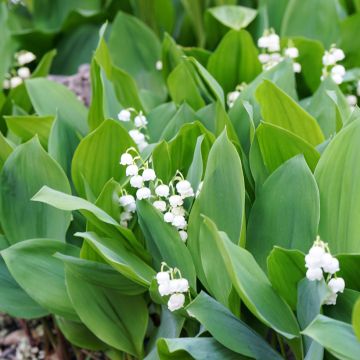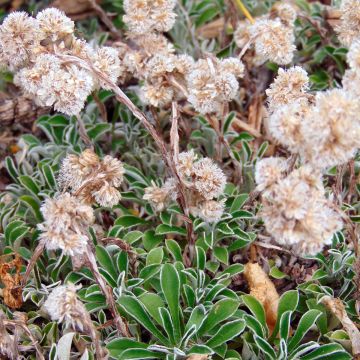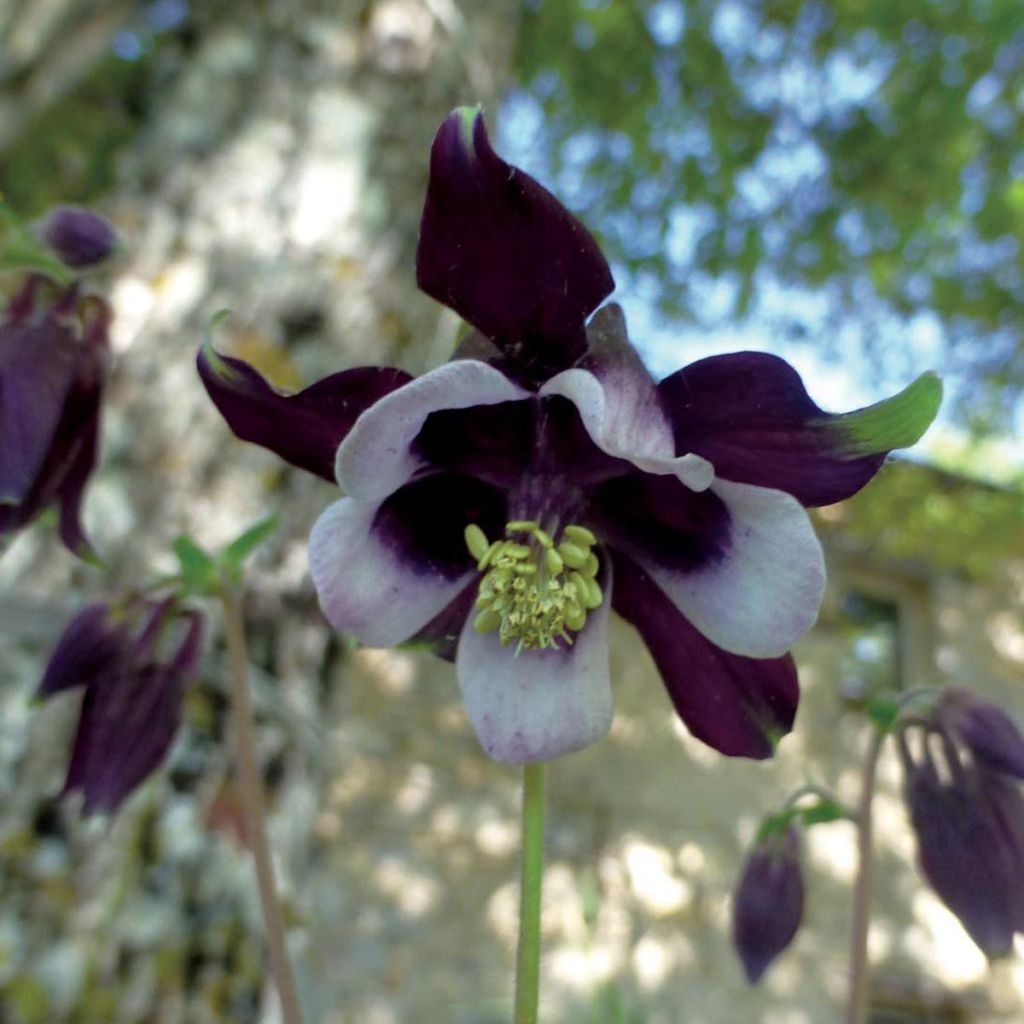

Aquilegia vulgaris William Guiness - Columbine
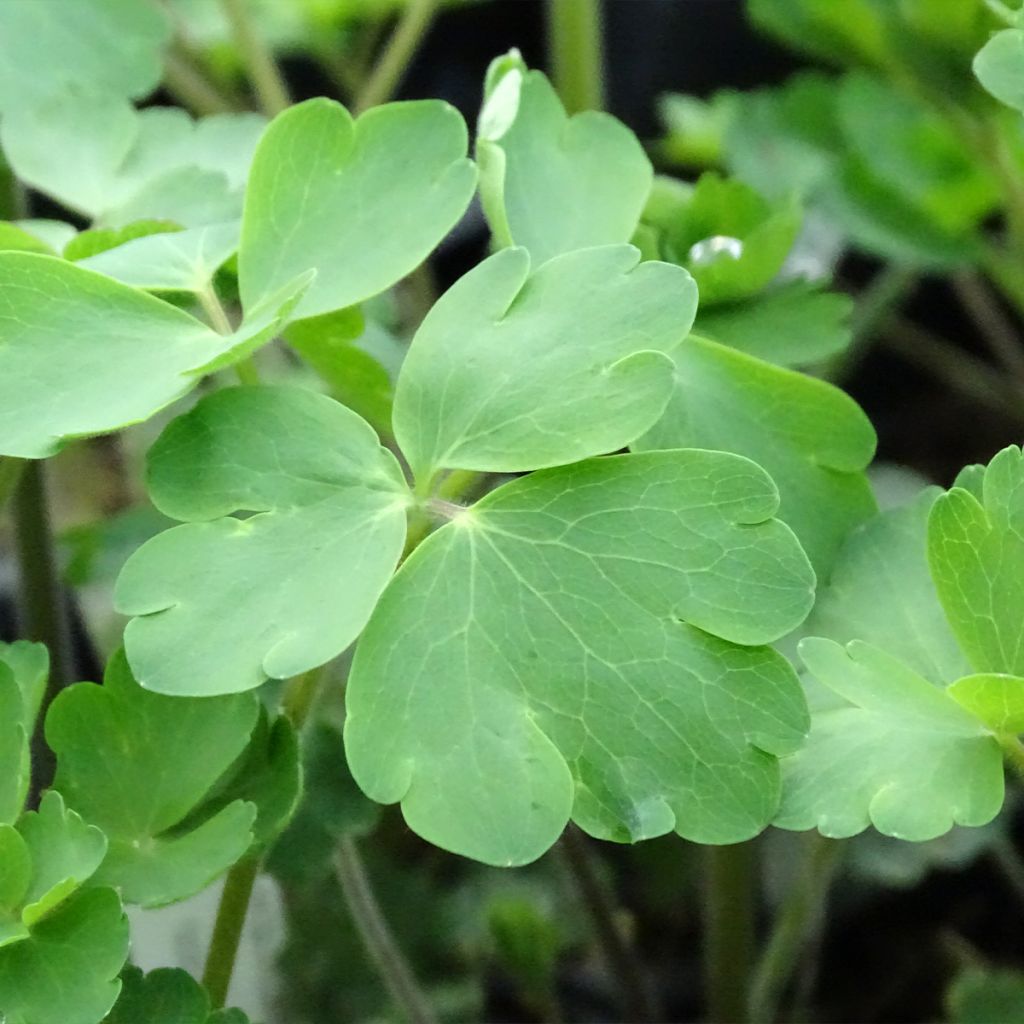

Aquilegia vulgaris William Guiness - Columbine
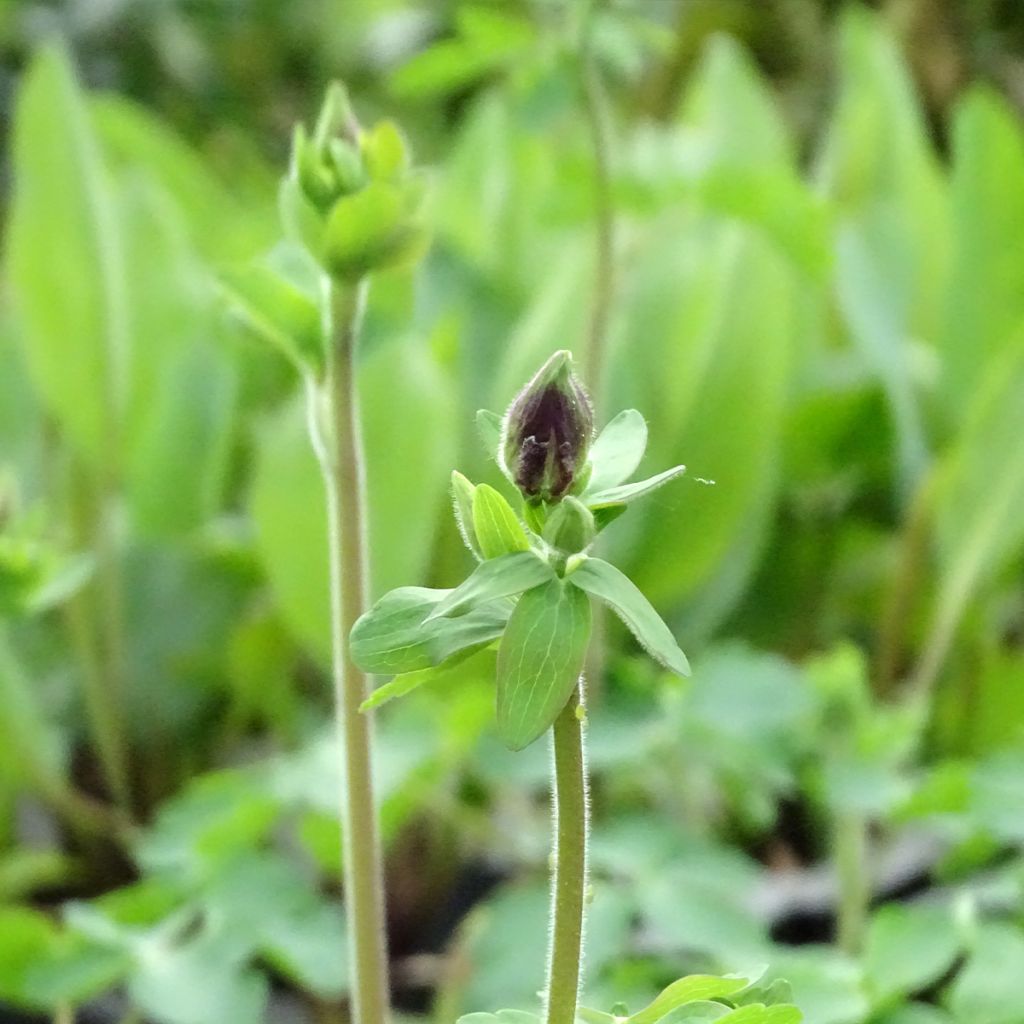

Aquilegia vulgaris William Guiness - Columbine
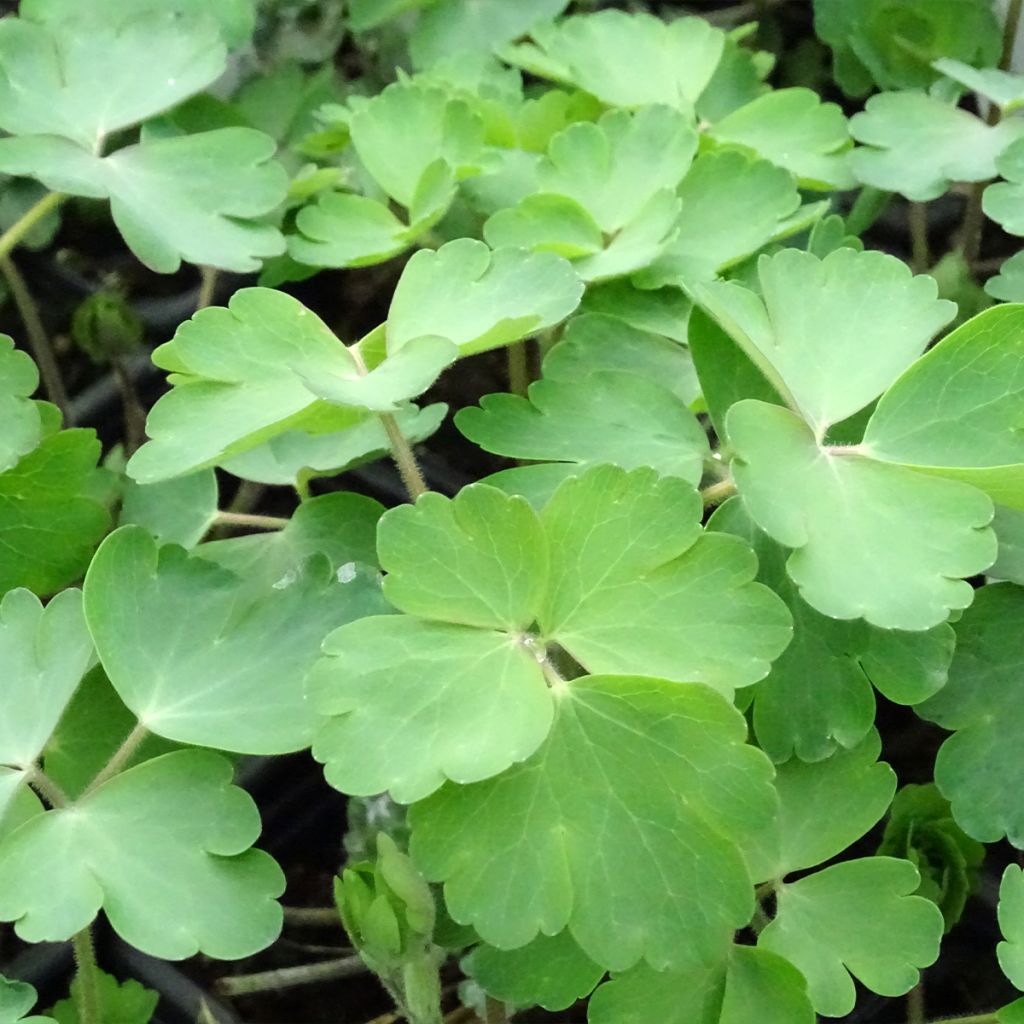

Aquilegia vulgaris William Guiness - Columbine
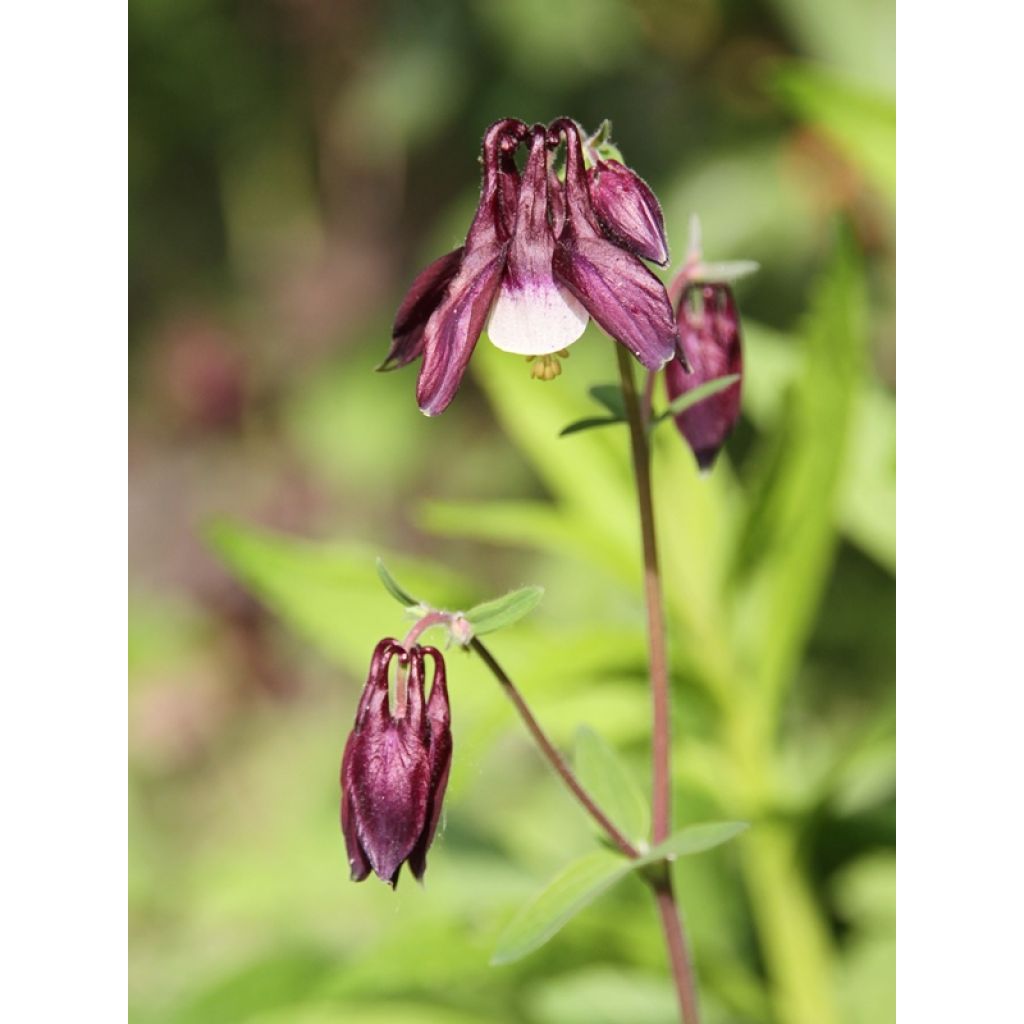

Aquilegia vulgaris William Guiness - Columbine
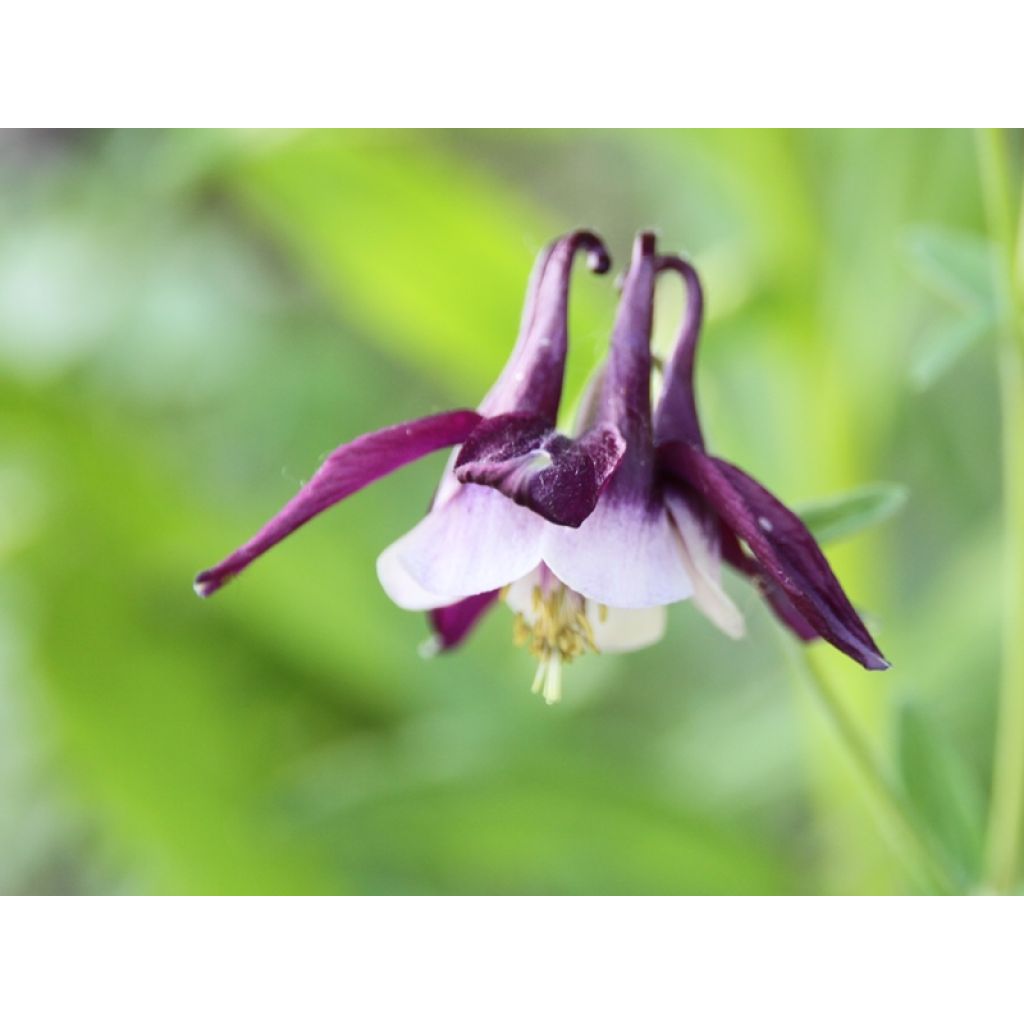

Aquilegia vulgaris William Guiness - Columbine
Aquilegia vulgaris William Guiness - Columbine
Aquilegia vulgaris William Guiness
European Columbine, Common Columbine, Granny's Nightcap, Granny's Bonnet
This item cannot be shipped to the selected country
Delivery charge from €5.90
More information
Delivery charge from €5.90
More information
Schedule delivery date,
and select date in basket
This plant carries a 12 months recovery warranty
More information
We guarantee the quality of our plants for a full growing cycle, and will replace at our expense any plant that fails to recover under normal climatic and planting conditions.
From €5.90 for pickup delivery and €6.90 for home delivery
Express home delivery from €8.90.

Does this plant fit my garden?
Set up your Plantfit profile →
Description
A truly easy and hardy perennial plant, present in almost every garden, the common Columbine enchants with its elegance, grace, rich palette of colours, and very pretty flowers with such original shapes! William Guiness is an amazing variety, with dark purple flowers and a white corolla. A very surprising colour combination, for an extremely dramatic Columbine, almost black and white! It will make a statement in a contemporary-style garden!
Aquilegia vulgaris, also known as Granny's Bonnet, Columbine, or Cornet, is native to the Northern Hemisphere and belongs to the Ranunculaceae family. A very hardy herbaceous perennial, William Guiness Columbine forms an upright, leafy clump 50 cm (20in) wide, from which long flower stems branch upwards. Its deciduous foliage is a bright green, slightly mottled, light, delicate, and highly decorative. The basal leaves, with long petioles, are deeply divided each with three leaflets. However, the leaves on the upper part of the stems are simple and sessile. From May to June, sturdy branched stems, up to 60 cm (24in) or more, bear delicate and charming single flowers. They consist of a corolla with 5 sepals, each with short horned spurs, 5 lanceolate sepals, and numerous stamens. These flowers have very dark violet sepals, almost black, and a white corolla with a dark purple-black centre, offering a striking colour contrast, ideal in a black and white garden, very contemporary.
Columbines contain toxic substances, particularly in the seeds, and the sap can cause skin burns.
Granny's Bonnets are very accommodating and of truly easy cultivation and extreme hardiness, thriving in non-scorching sun or partial shade, in light, humus-bearing, and moist soil, even limestone. Columbines were already grown in medieval flower beds, and the tradition has been perpetuated in cottage gardens. Compact and discreet, they are an essential ornamental plant in mixed borders, where their delicate and highly decorative foliage and graceful flowering will bring lightness. Columbines can be planted in many areas of the garden, taking care to leave a 20 cm (8in) space around the base: in the middle of a perennial bed, in a border, at the base of bushes, at the edge of woodlands or on a slope. They will be magnificent when planted in groups to create a dense clump. They make excellent cut flowers if picked when just opening, for beautiful country-style bouquets. In flower beds, this William Guiness Columbine can be paired with low-growing perennials and perennials with decorative foliage such as Hostas, tall perennials such as Foxgloves, Bleeding Hearts, Bellflowers with peach-like leaves, a double julienne, and some horned violets.
As Granny's Bonnet easily self-seeds in the garden, leave a few flower stems to produce seeds. Keep only the stems of the strongest plants as this operation exhausts the plant and reduces its lifespan, which is rather short (3 to 4 years) for a perennial. It is also possible for garden Columbines to cross-pollinate, thus obtaining surprising new colours, and why not a new variety?
Aquilegia vulgaris William Guiness - Columbine in pictures
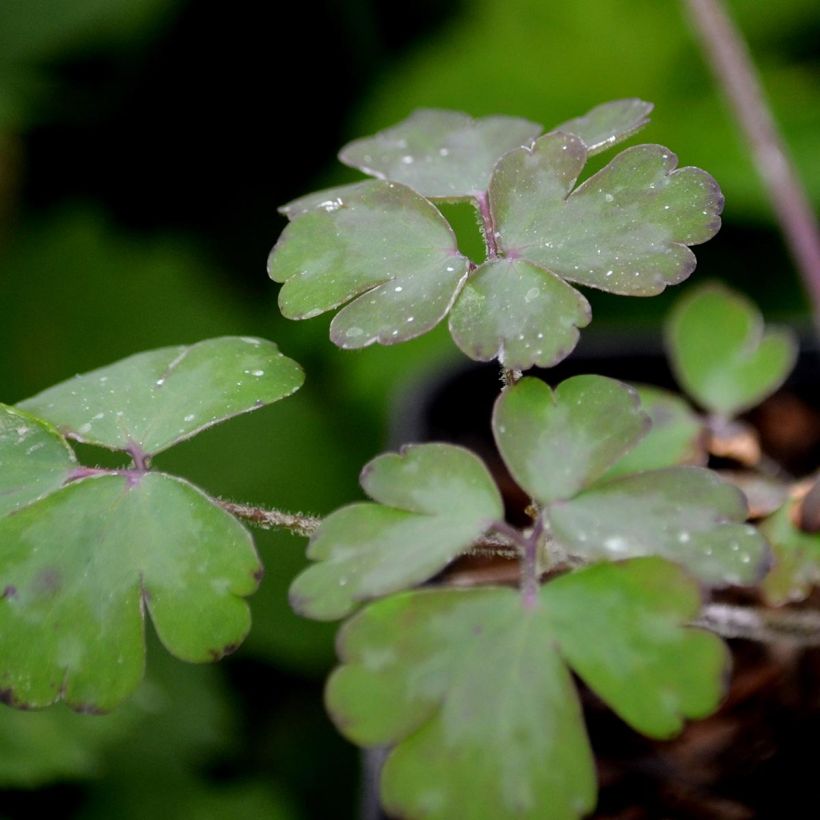

Flowering
Foliage
Plant habit
Botanical data
Aquilegia
vulgaris
William Guiness
Ranunculaceae
European Columbine, Common Columbine, Granny's Nightcap, Granny's Bonnet
Other Aquilegia
Planting and care
Aquilegia vulgaris William Guiness is very hardy and thrives in any exposure, with a preference for non-burning sun or light shade. Any regular soil, even limestone, suits it as long as it is light and humus-bearing. Planting is best done in spring, from March to April, or in September. Very resistant to diseases, it can however sometimes be attacked by aphids and caterpillars and attack by snails and slugs is common on young plants. The Common Columbine can also be subject to powdery mildew and rust.
Planting period
Intended location
Care
-
, onOrder confirmed
Reply from on Promesse de fleurs
Spring flowering perennials
Haven't found what you were looking for?
Hardiness is the lowest winter temperature a plant can endure without suffering serious damage or even dying. However, hardiness is affected by location (a sheltered area, such as a patio), protection (winter cover) and soil type (hardiness is improved by well-drained soil).

Photo Sharing Terms & Conditions
In order to encourage gardeners to interact and share their experiences, Promesse de fleurs offers various media enabling content to be uploaded onto its Site - in particular via the ‘Photo sharing’ module.
The User agrees to refrain from:
- Posting any content that is illegal, prejudicial, insulting, racist, inciteful to hatred, revisionist, contrary to public decency, that infringes on privacy or on the privacy rights of third parties, in particular the publicity rights of persons and goods, intellectual property rights, or the right to privacy.
- Submitting content on behalf of a third party;
- Impersonate the identity of a third party and/or publish any personal information about a third party;
In general, the User undertakes to refrain from any unethical behaviour.
All Content (in particular text, comments, files, images, photos, videos, creative works, etc.), which may be subject to property or intellectual property rights, image or other private rights, shall remain the property of the User, subject to the limited rights granted by the terms of the licence granted by Promesse de fleurs as stated below. Users are at liberty to publish or not to publish such Content on the Site, notably via the ‘Photo Sharing’ facility, and accept that this Content shall be made public and freely accessible, notably on the Internet.
Users further acknowledge, undertake to have ,and guarantee that they hold all necessary rights and permissions to publish such material on the Site, in particular with regard to the legislation in force pertaining to any privacy, property, intellectual property, image, or contractual rights, or rights of any other nature. By publishing such Content on the Site, Users acknowledge accepting full liability as publishers of the Content within the meaning of the law, and grant Promesse de fleurs, free of charge, an inclusive, worldwide licence for the said Content for the entire duration of its publication, including all reproduction, representation, up/downloading, displaying, performing, transmission, and storage rights.
Users also grant permission for their name to be linked to the Content and accept that this link may not always be made available.
By engaging in posting material, Users consent to their Content becoming automatically accessible on the Internet, in particular on other sites and/or blogs and/or web pages of the Promesse de fleurs site, including in particular social pages and the Promesse de fleurs catalogue.
Users may secure the removal of entrusted content free of charge by issuing a simple request via our contact form.

































